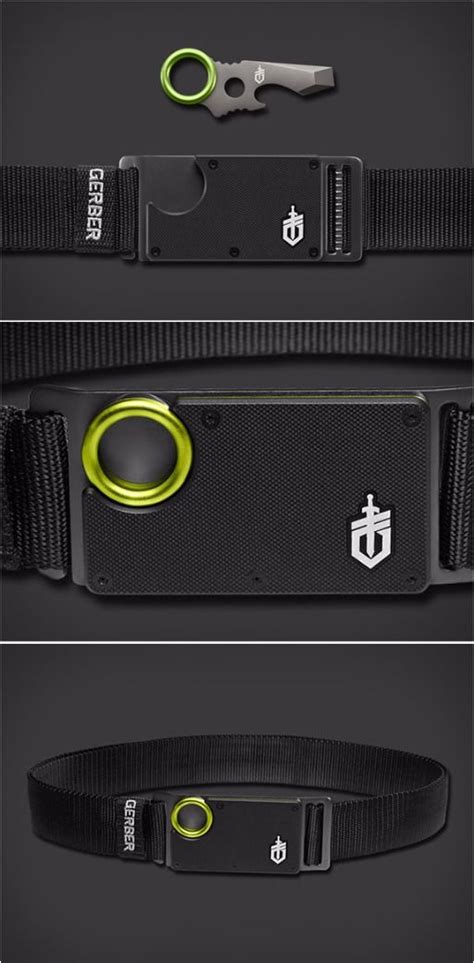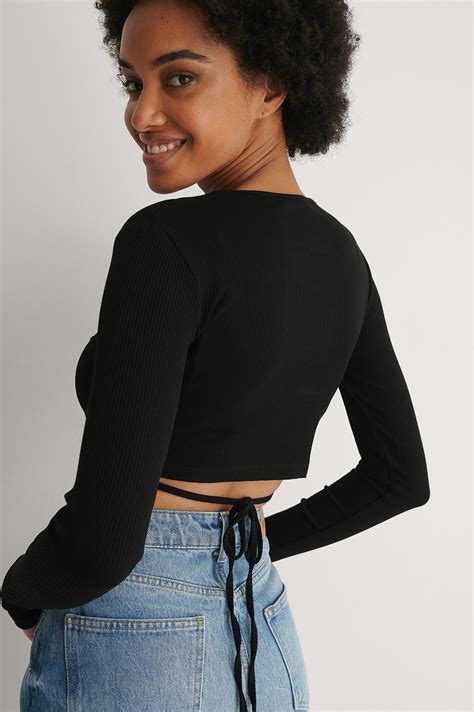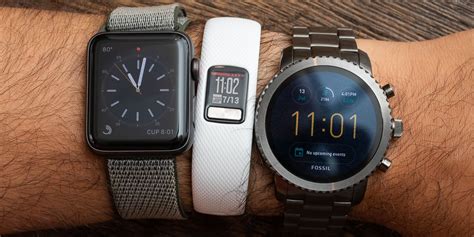The Everyday Carry Belt: More Than Just an Accessory
For many men, an everyday carry (EDC) belt is far more than a simple garment retainer. It’s a foundational piece of their daily kit, often tasked with supporting items like holstered firearms, multi-tools, flashlights, or simply maintaining a neat, unencumbered appearance throughout the day. The challenge lies in finding a belt that can withstand constant use and load-bearing stresses without drawing undue attention—a delicate balance between rugged durability and subtle discretion.

The Dual Imperative: Durability and Discretion
To truly excel as an EDC component, a belt must address two primary concerns simultaneously:
Durability Demands
- Rigidity: An EDC belt must be stiff enough vertically to prevent sagging under the weight of carried items, yet flexible enough horizontally for comfort.
- Longevity: It needs to resist stretching, fraying, cracking, and abrasion from daily wear and tear, ensuring a long service life.
- Strength: The material and construction must withstand significant tension and repeated fastening/unfastening cycles.
Discretion’s Call
- Low Profile: The belt, especially its buckle, should not be bulky or protrude excessively, preventing printing (when carrying concealed) or simply creating an awkward silhouette.
- Subtle Aesthetics: While personal style varies, a discreet belt generally avoids flashy designs, logos, or overly tactical appearances for everyday office or casual wear.
- Comfort: A comfortable belt is one you don’t constantly adjust or think about, contributing to its discreet nature.
Material Contenders: Weighing Pros and Cons
Full-Grain Leather: The Timeless Contender
Often considered the gold standard, high-quality full-grain leather offers excellent rigidity and develops a beautiful patina over time. A thick, well-constructed leather belt (1.5-2 inches wide, 1/8 to 1/4 inch thick) can provide superb support and durability. However, its discretion can be hampered by bulky buckles or excessive thickness, and it can be susceptible to stretching or cracking if not properly cared for.
Synthetic Webbing: Modern Resilience
Materials like nylon, polyester, and proprietary blends (e.g., scuba webbing) offer superior strength-to-weight ratios and are often more resistant to moisture, sweat, and abrasion than leather. They are also less prone to stretching. Nylon webbing, particularly, can be extremely durable. However, some synthetic belts can appear overtly tactical, which might compromise discretion. The stiffness can also vary wildly, requiring careful selection.
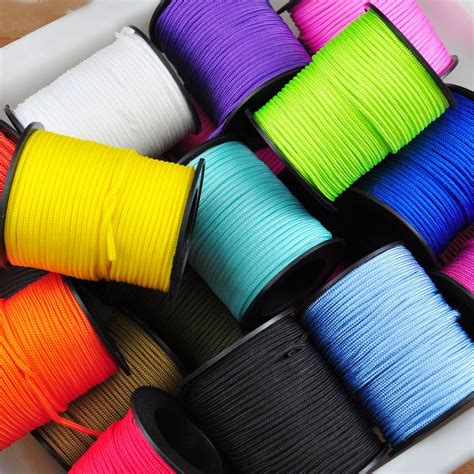
Biothane and Hybrid Composites
Biothane is a coated webbing, typically polyester, known for its extreme durability, waterproof properties, and ease of cleaning. It offers a leather-like feel without the maintenance. Other hybrid composites might feature a rigid internal core (like a polymer insert) sandwiched between layers of fabric or leather, combining the best attributes of different materials.
Achieving Discretion: Beyond the Belt Material
Buckle Design: The Hidden Hero
The buckle is often the most significant factor in a belt’s discretion. Traditional frame buckles can be flat but might struggle with fine-tuning. Ratchet buckles offer precise adjustment and often have a relatively low profile, though some designs can be slightly bulky. Quick-release buckles (like Cobra buckles) are incredibly strong but almost always sacrifice discretion due to their size and tactical appearance. For optimal discretion, a slim, sturdy buckle that doesn’t add significant bulk is paramount.
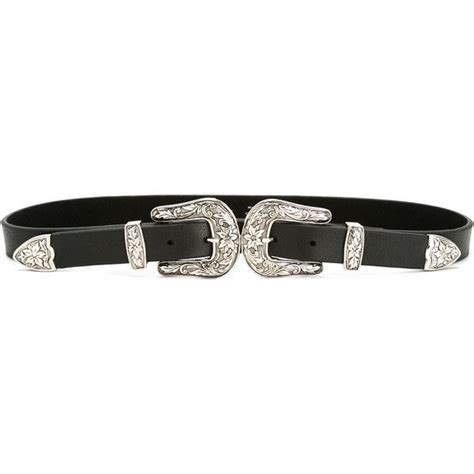
Belt Thickness and Rigidity
A thinner belt can be more discreet, but sacrifices support. The ideal balance is a belt that is rigid enough to hold its shape and support gear without being excessively thick or wide. A good EDC belt will resist twisting and folding under load, ensuring comfort and a consistent presentation.
The Ideal Combination for EDC
Considering both durability and discretion, the ideal material combination for a men’s EDC belt often leans towards intelligent hybrids or well-executed single-material designs.
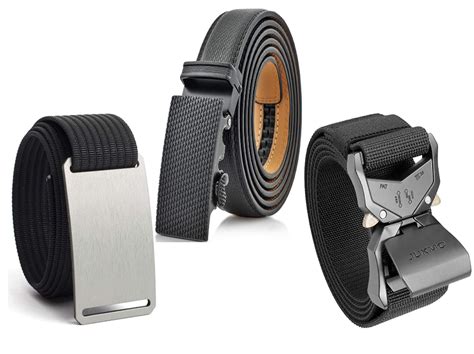
Hybrid Designs for Optimal Performance
- Polymer-Reinforced Leather: A high-quality full-grain leather belt with a hidden polymer or Kydex insert offers the classic look and feel of leather combined with the unmatched rigidity of a synthetic core. This setup provides excellent support while maintaining a traditional, discreet appearance.
- Rigid Webbing with Discreet Buckle: A thick, stiff nylon or polyester webbing (often referred to as ‘scuba webbing’ or ‘reinforced nylon’) paired with a low-profile, non-metallic or matte-finish metal buckle. These belts offer exceptional strength and can be quite durable, with discretion depending heavily on the buckle choice and color.
- Biothane with Minimalist Hardware: A durable, weather-resistant Biothane belt with a simple, flat, and sturdy buckle can offer a clean look, excellent longevity, and easy maintenance without screaming ‘tactical.’
Ultimately, the ‘ideal’ combination is a personal choice based on individual carry needs, wardrobe, and comfort. However, prioritizing materials that offer inherent stiffness without excessive bulk, coupled with thoughtful buckle design, will lead to an EDC belt that excels in both durability and discretion. Seek out belts that are specifically designed for EDC, as they often incorporate these considerations into their construction, providing a robust and subtle foundation for your daily carry.

